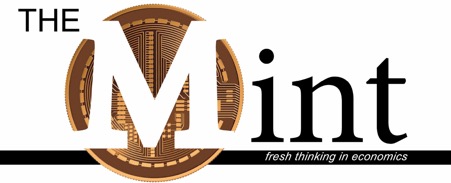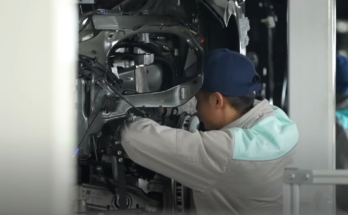This extract from Authenticity: Reclaiming Reality in a Counterfeit Culture by Alice Sherwood explores a tragic effect of information asymmetry.
Malaria. Its epithet: the “unsurpassed scourge of humankind” is well earned – by some counts, more than half of all the people ever born have died of it....
You need to login to see this content. If you are not a member, join here.
Alice Sherwood
Alice is the author of the award-winning Authenticity: Reclaiming Reality in a Counterfeit Culture (HarperCollins 2022), which argues that although our counterfeit culture is shaped by the most powerful forces of evolution, …



